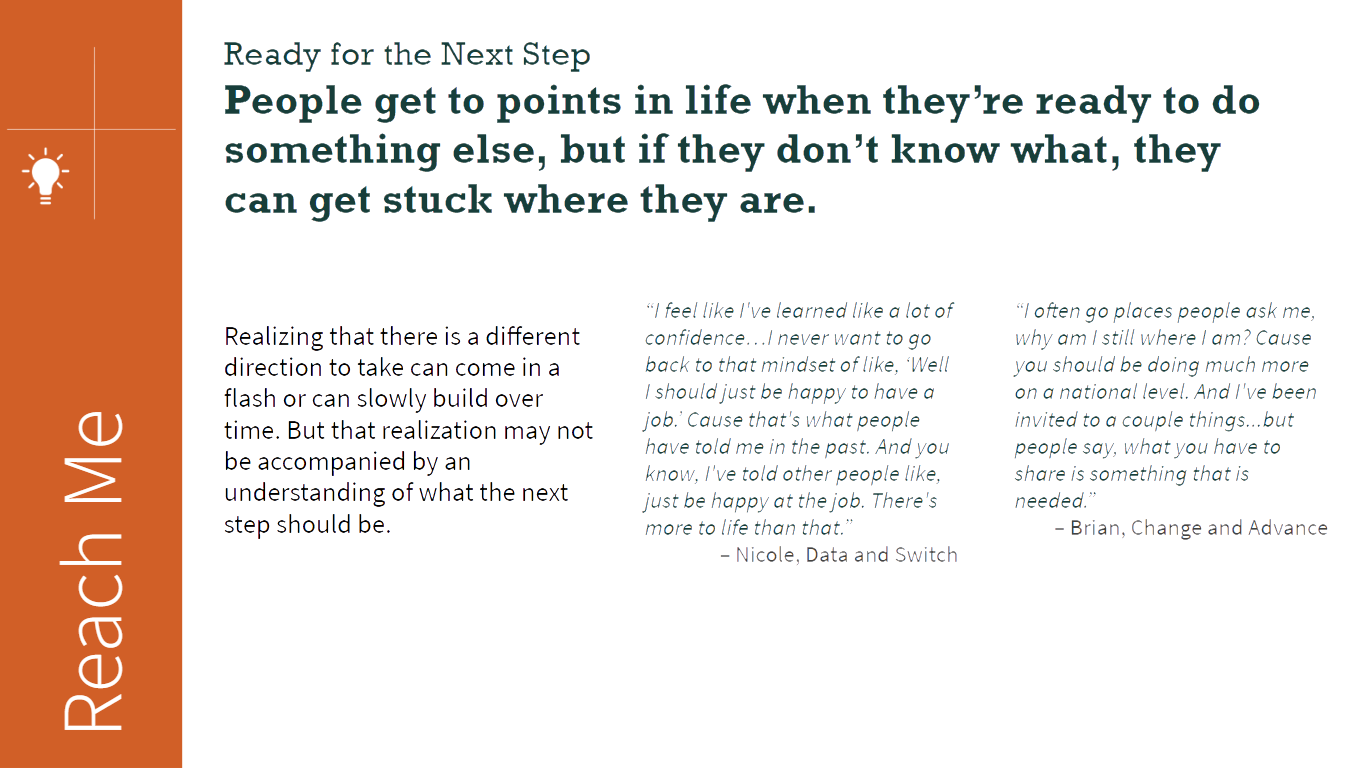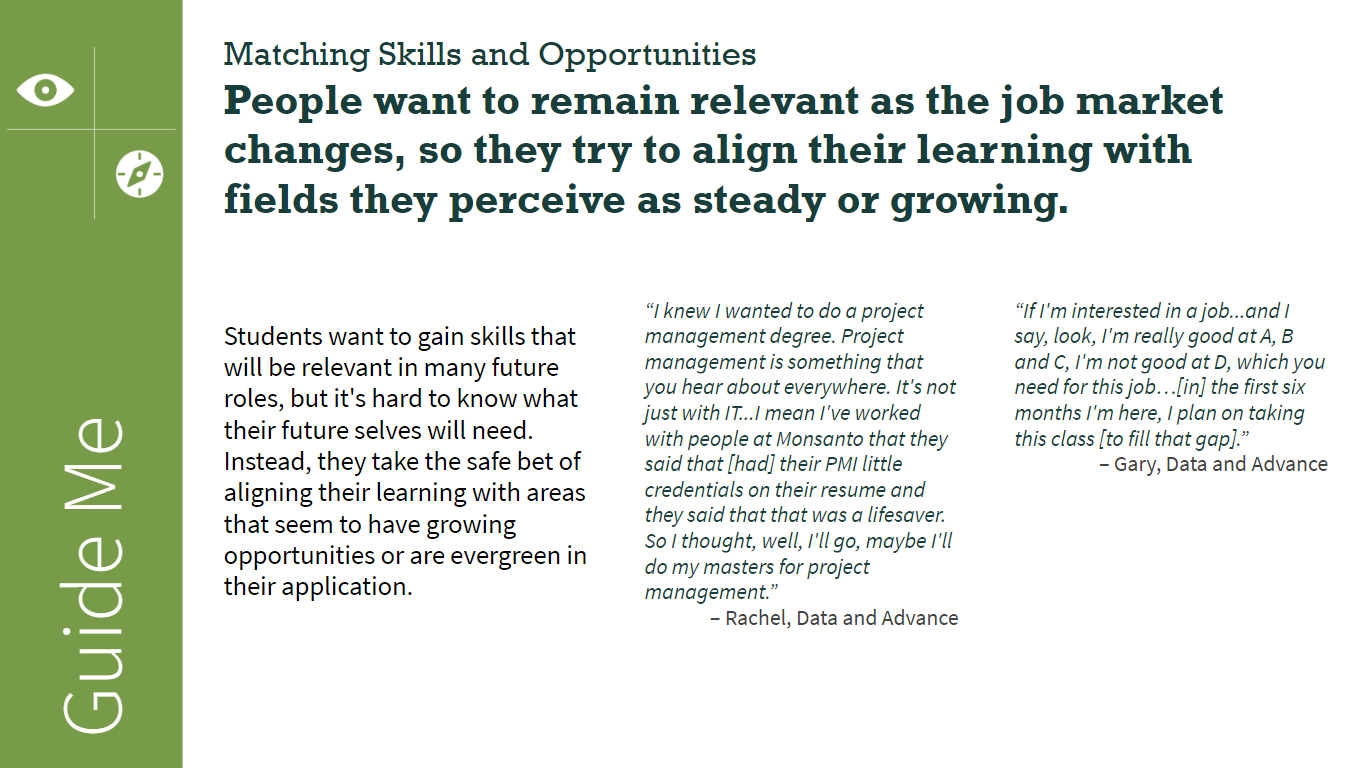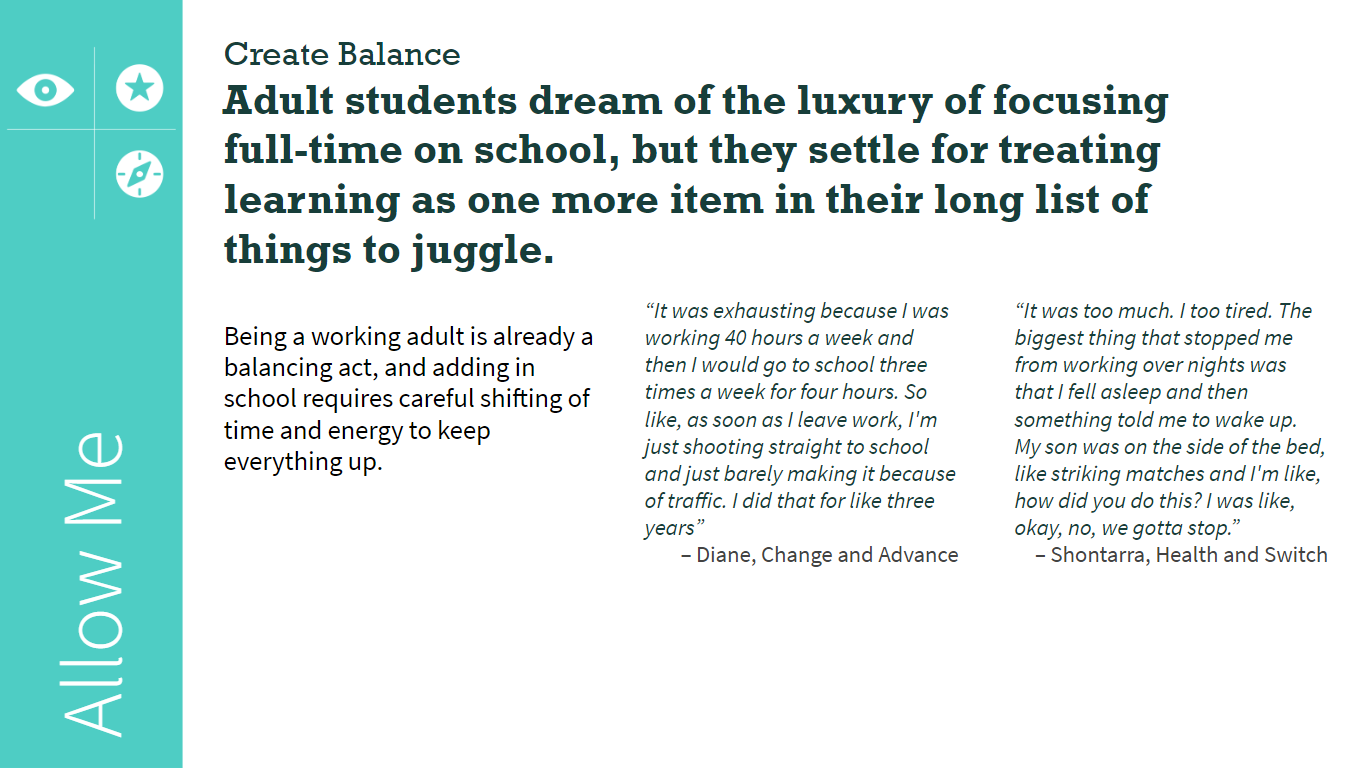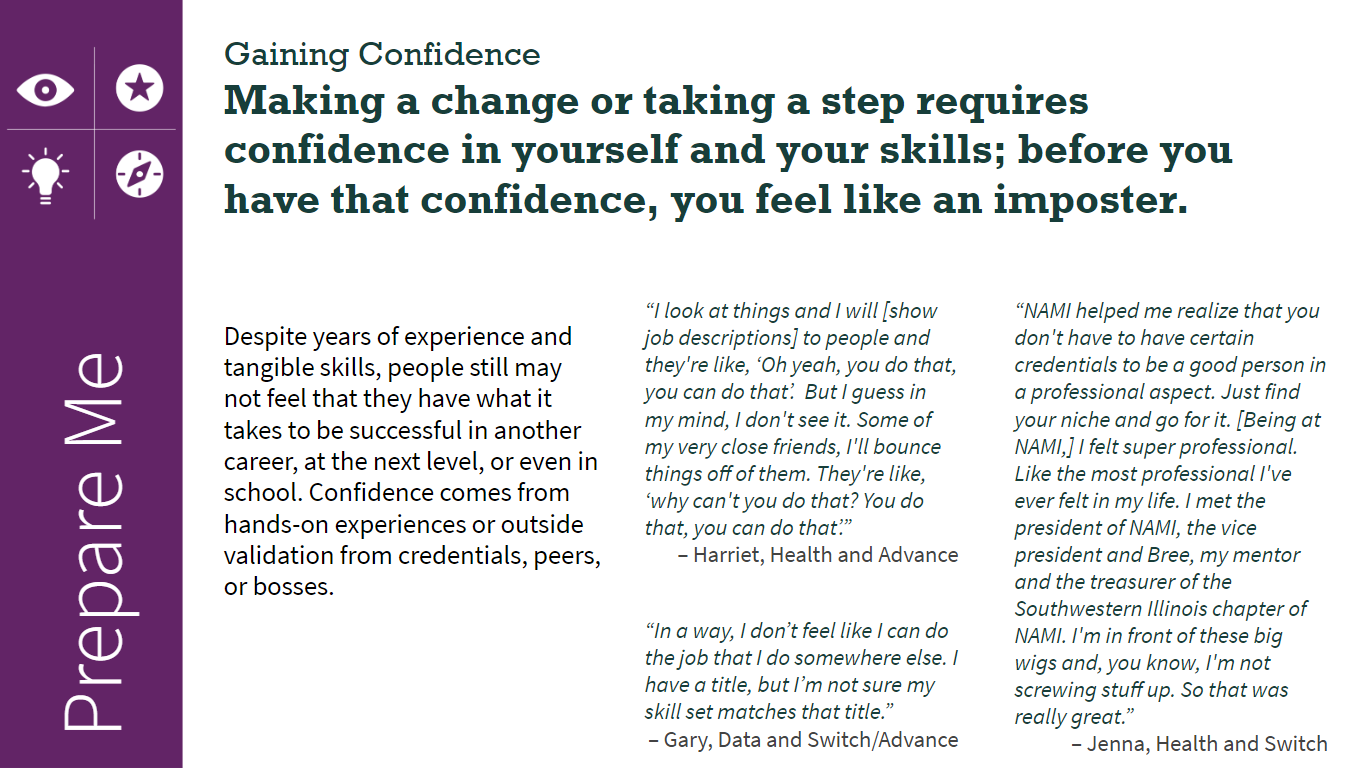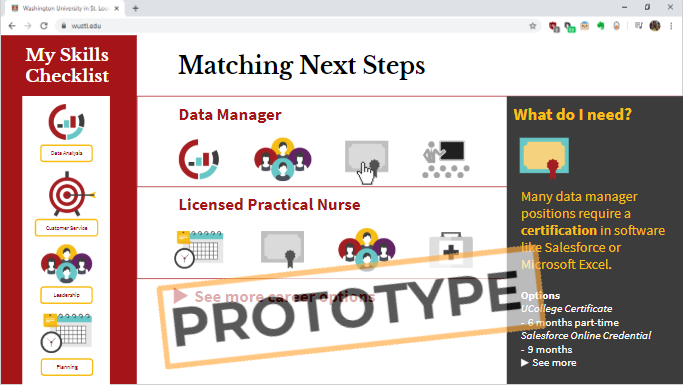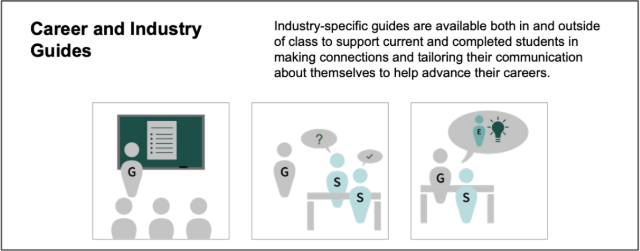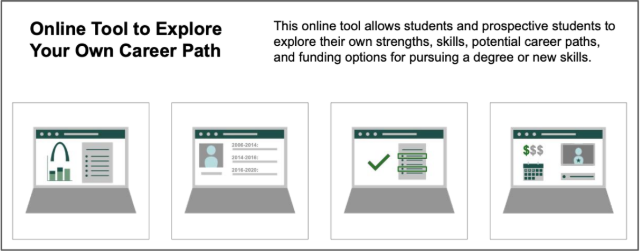
My "Laboratory"
Cardboard “walls” line every wall of our team’s humble January Hall conference room. Each of these walls hosts several stacks of notecard-sized snippets of information that we’ve gathered from interviews with over twenty people about their career paths, where they want to go, where they have come from, and where WashU lies in the picture of their life. These stories from St. Louisans complement an equally large dataset composed of snippets of national and regional economic statistics, city and county demographics, economic mobility data, and peer institutions’ analysis of St. Louis to give us a picture of what the St. Louis economic landscape looks like—and who is being left behind.
